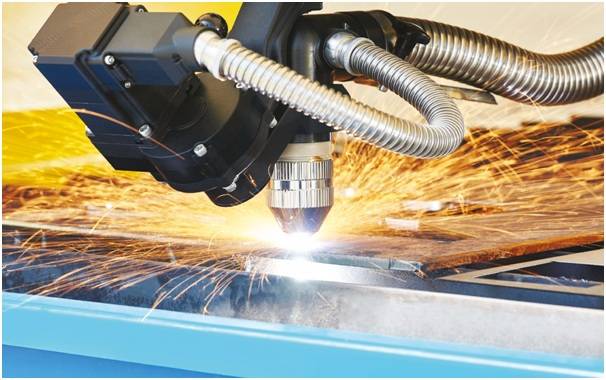Complete Guide to Quick and Easy Restaurant POS Solutions for Maximum Efficiency

Point of Sale (POS) systems are essential for any restaurant. They help streamline the customer service process and ensure accuracy in ordering, payment processing, inventory tracking, and more. But with dozens of different options available, it can be difficult to know which POS solution is right for you.
This comprehensive guide will give you an overview of the most popular restaurant POS solutions and the benefits they offer to make your life easier.
What To Look For In A Restaurant POS System
When choosing a Pos restaurant system, it’s important to consider the features that are most important to you and your business needs.
Hardware Setup
When it comes to setting up your POS system, there are several hardware components that need to be taken into consideration.
The most important component is the computer or tablet you will use to run your point-of-sale software. You’ll also need an internet connection in order to access cloud-based features such as reporting and analytics.
Additionally, you will need a printer and cash drawer in order to print receipts and securely store cash transactions.
Finally, you may want to consider investing in a barcode scanner or credit card reader depending on the type of payments you accept at your restaurant.
Software Requirements
The software side of a POS system can be complex, so it is important that you understand the different types of software available before committing to a solution.
Many commercially available software packages offer integrated modules that help with things like customer management, inventory tracking, employee scheduling, and more. Make sure that whatever solution you choose has all the features necessary for managing your restaurant efficiently.
It’s also helpful if the software offers a mobile app for iOS or Android devices so employees can access critical data even when they’re away from their desks.
Training and Support
Once you’ve chosen your hardware and software setup, it’s time to train staff on how to use it correctly.
Training should cover topics such as basic operation of the point-of-sale system and best practices for data entry into the database. For example, if employees enter incorrect information into the database it could lead to inaccurate sales reports or problems with inventory tracking down the line.
Don’t skimp on training; ensure that all staff members understand how the system works before they start using it regularly.
Finally, make sure that there is reliable support available should any technical issues arise while using your new POS system – this could save you from costly downtime due to unplanned outages or other issues with your system setup.
Quick Service Restaurant (QSR) Systems
If you own a quick-service restaurant such as a fast-food joint or a food truck, then a QSR system is perfect for you. It’s designed to easily manage high-volume orders with minimal input from staff members.
It also features built-in loyalty programs that allow customers to quickly sign up for rewards points or discounts on future purchases. Additionally, QSR systems can be integrated with mobile apps so that customers can order ahead of time and pick up their meals when they arrive at your location.
Table Service Systems
Table service systems are ideal for full-service restaurants that focus on providing customers with an immersive dining experience. These systems feature sophisticated software that allows waitstaff to enter orders quickly and accurately while providing detailed information about menu items as well as specials or promotions available on certain days.
The systems also have integrations with popular online ordering services like Grubhub or DoorDash so that customers can order directly from your website without having to pick up the phone.
Self-Ordering Kiosks
Self-ordering kiosks are becoming increasingly popular in restaurants due to their convenience and ease of use.
Customers simply select their desired menu items on the touchscreen display before paying via cash or card reader attached to the device. Self-ordering kiosks also allow restaurants to cut down on labor costs since there is no need for additional staff members at peak times during meal periods.
Additionally, these devices come with analytics capabilities so that you can track customer preferences and trends over time in order to better serve them in the future.
Conclusion
No matter what type of restaurant you own, there is a Pos restaurant solution out there that is perfect for your needs.
From quick service restaurants looking for increased efficiency and accuracy, to full service establishments wanting an immersive experience for their guests, there are plenty of options available today that will help maximize productivity and profitability in your business.
Researching each option carefully will ensure that you find the right fit—one that will last your business many years into the future!











